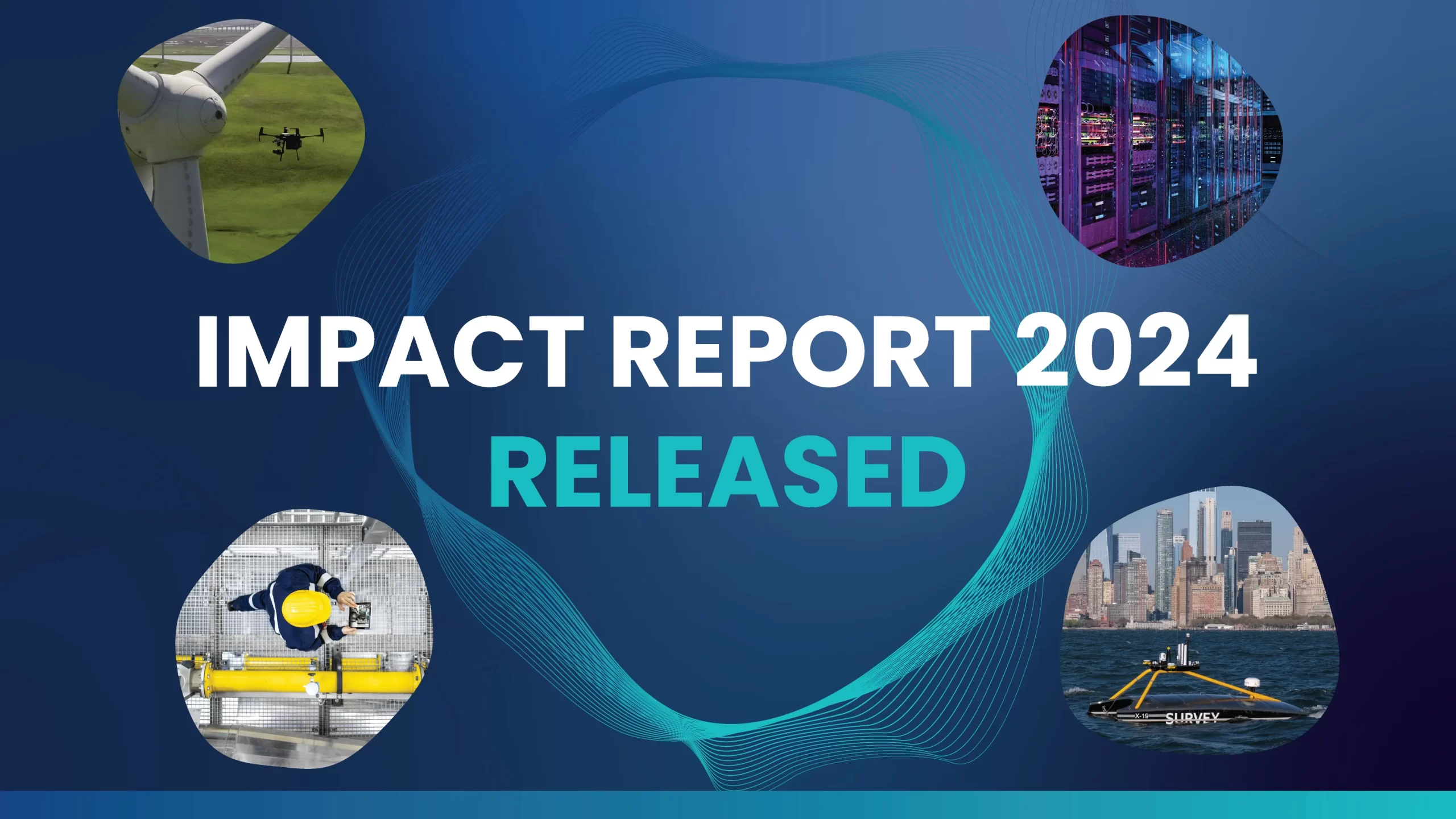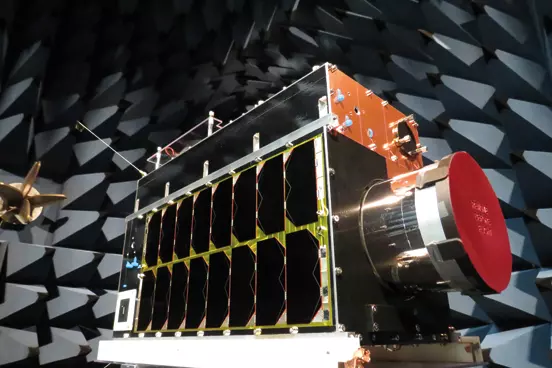


Methane is a potent, but odourless and colourless greenhouse gas, a combination that makes detecting leaks both very important and very hard. Over a 20 year period, it has over 80 times more global warming potential than carbon dioxide, yet humans are releasing hundreds of millions of tonnes of it every year.
In the last few years, methane detection technology has advanced significantly, making it easier to identify sources of leaks and reduce emissions. Satellites launched by GHGSat and currently orbiting the earth are able to monitor emissions at facility level, giving companies close to real time data about their global operations.

In February 2021, a new high-resolution GHGSat satellite captured images of a 52 square kilometre area of central Turkmenistan where eight leaks were emitting around 10 tonnes of methane an hour – an hourly warming equivalent of driving 250,000 cars. Analysis of the image revealed that half of the emissions from the gas field were likely to be coming from leaky valves on natural gas pipelines, and the other half from flares.
When GHGSat found and reported a similar Central Asian leak in 2019, the resulting fix was equivalent to taking one million cars off the road a year.
GHGSat launched its first high-resolution commercial satellite in September 2020, and its second less than 5 months later. Both satellites are equipped with a state-of-the-art sensor that detects methane emissions from sources 100 times smaller than some satellites, and can attribute emissions sources with 100 times higher precision than other commercial or state-funded satellites.
Through 2022 the company is planning to add a further nine satellites to its constellation.

